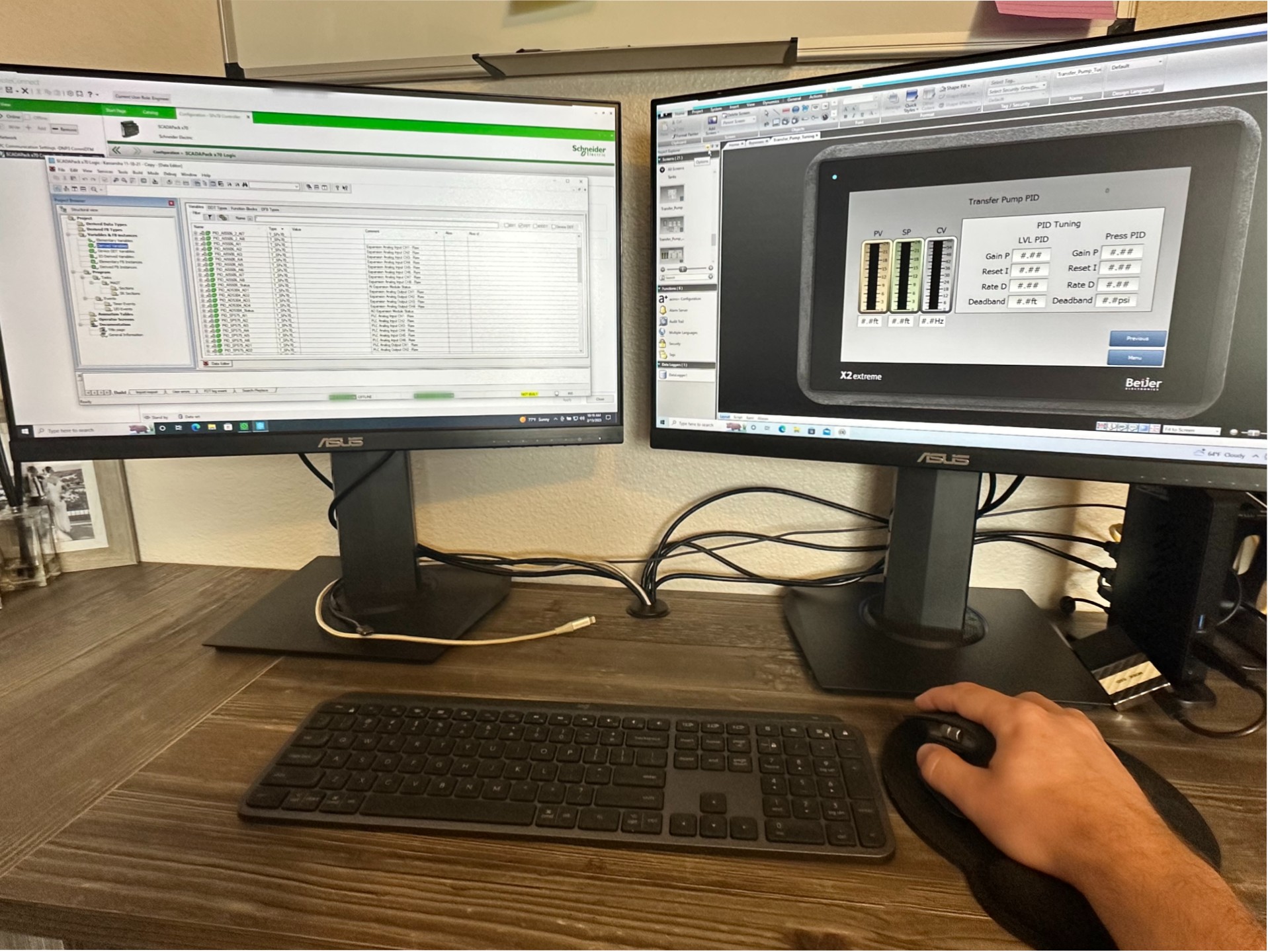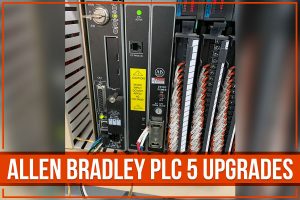A basic understanding of the infrastructure that makes up a SCADA platform can be useful for troubleshooting and figuring out challenges with your system.
SCADA (Supervisory Control and Data Acquisition) systems typically operate at several levels within an industrial or infrastructure environment. These levels help organize the hierarchy of control and monitoring functions. Here are the typical levels SCADA:
Field Devices
At site, there are physical devices and sensors that directly interact with the processes being monitored and controlled. This includes sensors, actuators, switches, valves, transmitters and other devices.
Remote Terminal Units (RTUs)
RTUs are located in the field and act as interfaces between the devices and the higher-level SCADA system. They collect data from sensors and control actuators and other outputs devices based on commands from higher-level systems.
Programmable Logic Controllers (PLCs)
The fundamental role of a PLC is to automate processes by sending programmed control functions to output devices based on signals received from connected input devices. PLCs are loaded with programs that are built by Automation Specialists who understand the safety, design, and process control requirements for the facility.
Supervisory Computers/SCADA Servers
This is the core level of SCADA, where data from multiple PLCs or RTUs is aggregated, processed, and displayed to operators. It provides a human-machine interface (HMI) for the process operators to monitor and control the entire system. Commands entered here are relayed down to PLC’s and RTU’s.
Enterprise Business Systems
This level involves higher-level systems such as enterprise resource planning (ERP) systems, asset management systems, production accounting systems, and other business applications. SCADA systems at this level might exchange data with these systems for reporting, analysis, and decision-making purposes.
Internet/Cloud Connectivity
With the increasing adoption of IoT (Internet of Things) technologies and cloud computing, SCADA systems may also interact with cloud-based services for data storage, analytics, and remote access.
The architecture of a SCADA system can vary drastically depending on the design of the operation, the preferences of the operators & programmers along with a host of other variables. However, the levels referenced above represent a typical SCADA application and should help you understand the hierarchy of most systems.






